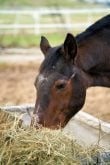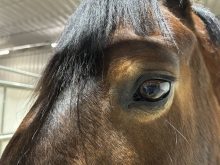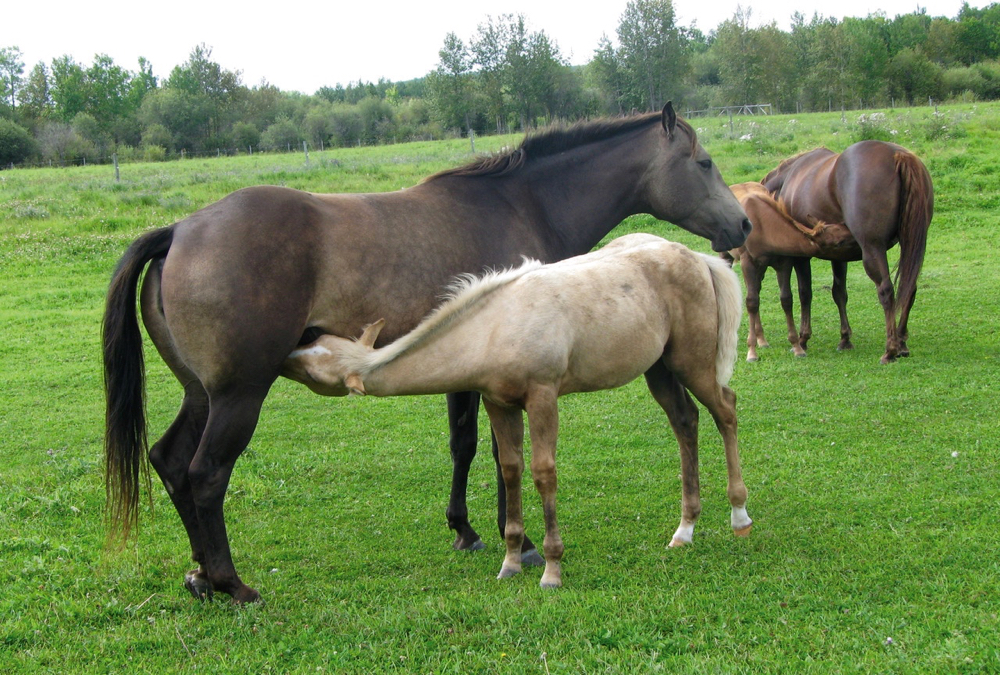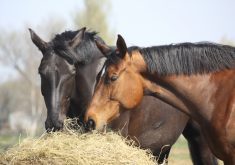It is easy to overlook the contribution the sole makes to the soundness of the horse, because for the most part the sole is hidden from view.
However, the sole is no idle passenger. It has remarkable, even herculean properties that allow it to act as the interface between the horse’s bony column and the ground surface.
No one part of the horse’s hoof is more important than any other, as each part is integral to the totality. However, the horse’s sole holds a distinguished place as the largest placeholder on the bottom of the hoof. It lays the foundation for soundness. In order to do its job optimally though, the healthy sole must own a triad of characteristics.
Read Also

Horns aren’t unlocking anytime soon on livestock transport standards
Standards good enough meet the definition of “humane” animal transportation still vary widely between what what industry wants, what animal rights advocates want and, between the two, what federal regulators decide is good enough.
First, the general shape of the sole surface or bottom of the hoof must be circular and round like a pie — not oval, elliptical or potato shaped, otherwise the toe is skewed forward and too long. As a result, blood circulation to the entire distal foot, including the sole, is compromised.
Second, a healthy sole is thick and callused. Calluses are densely packed creating a thick sole. They are highly prized by the horse because they provide the ideal protective cover. They are a type of investment to the horse, for their development requires countless footfalls to create. With well-callused soles, a horse can easily travel over the harshest of terrain.
Lastly, a healthy sole is naturally arched from front to back and from side to side creating a concave inner surface, similar to the inside of a shallow soup bowl. In the healthiest of soles the surface will be beautifully burnished, concave, and smooth. The arch of the sole offers the foot the flexibility, elasticity and plasticity to dissipate and redirect concussion forces as the foot strikes the ground.
The triad of these characteristics are strongly influenced by another triad: nutrition, movement and trim mechanics.
Although currently trim mechanics receive the lion’s share of attention in hoof health, the contribution of trim mechanics to general hoof health is secondary to the contributions of nutrition and movement.
No trim mechanics can overcome the error of a rich diet or the fatiguing forces imposed on the horse’s hooves when living a sedentary lifestyle. The sole thrives on pressure — not constant pressure — but the kind of pressure and release that can only be attained through footfall after footfall. Inadequacies in nutrition or movement have the ability to either undermine or derail any trimming techniques attempting to achieve a healthy sole.
Having noted the proper place for trim mechanic in the triad of influences, the goal of trimming is to allow the horse to build a thick, callused, and concave sole. It is important to acknowledge that trimming is mostly waiting for the hoof to grow into the changes. Less is more. For example, it is not possible to “trim” concavity into the sole of the horse as most flat-footed horses already have a sole which is too thin. Needlessly trimming will only sore the horse.
By keeping the toe short, encouraging a heel-first landing and leaving the sole alone as much as possible, the sole moves towards correction, thickening and developing concavity. When the toe is short, a number of good things happen in the distal foot; the most notable of which is improved blood perfusion.
When the toe is flared or long and skewed “forward” it is imperative that the toe be backed up from the front only. Backing the toe up does not necessarily mean removing any sole, as oftentimes the sole at the toe is already too thin and needs to be left alone. Both thickness of the sole and concavity generally improve passively, and in that order, when the solar surface of the foot is shaped properly. Once again less is more.
Typically the deeper the collateral grooves — the “seam” between the frog and sole — the thicker the sole. A flat-footed horse with shallow collateral grooves needs to build more sole. A horse with deep collateral grooves and solar concavity likely has adequate sole thickness.
Once sufficiently shaped, thick and concave, the sole of the horse can become remarkably sound in any environment. However, the horse needs time to adjust and adapt to the ground surface and/or terrain of its environment. It becomes problematic for the horse whenever it is expected to walk, trot or gallop on harsh and unforgiving terrains when they spend the majority of their lives on softer grass pastures. Given the opportunity to adjust to a harsher terrain, the horse’s foot will illustrate a shining example of plasticity and adaptation.
This article first appeared on the Manitoba Co-operator.
















